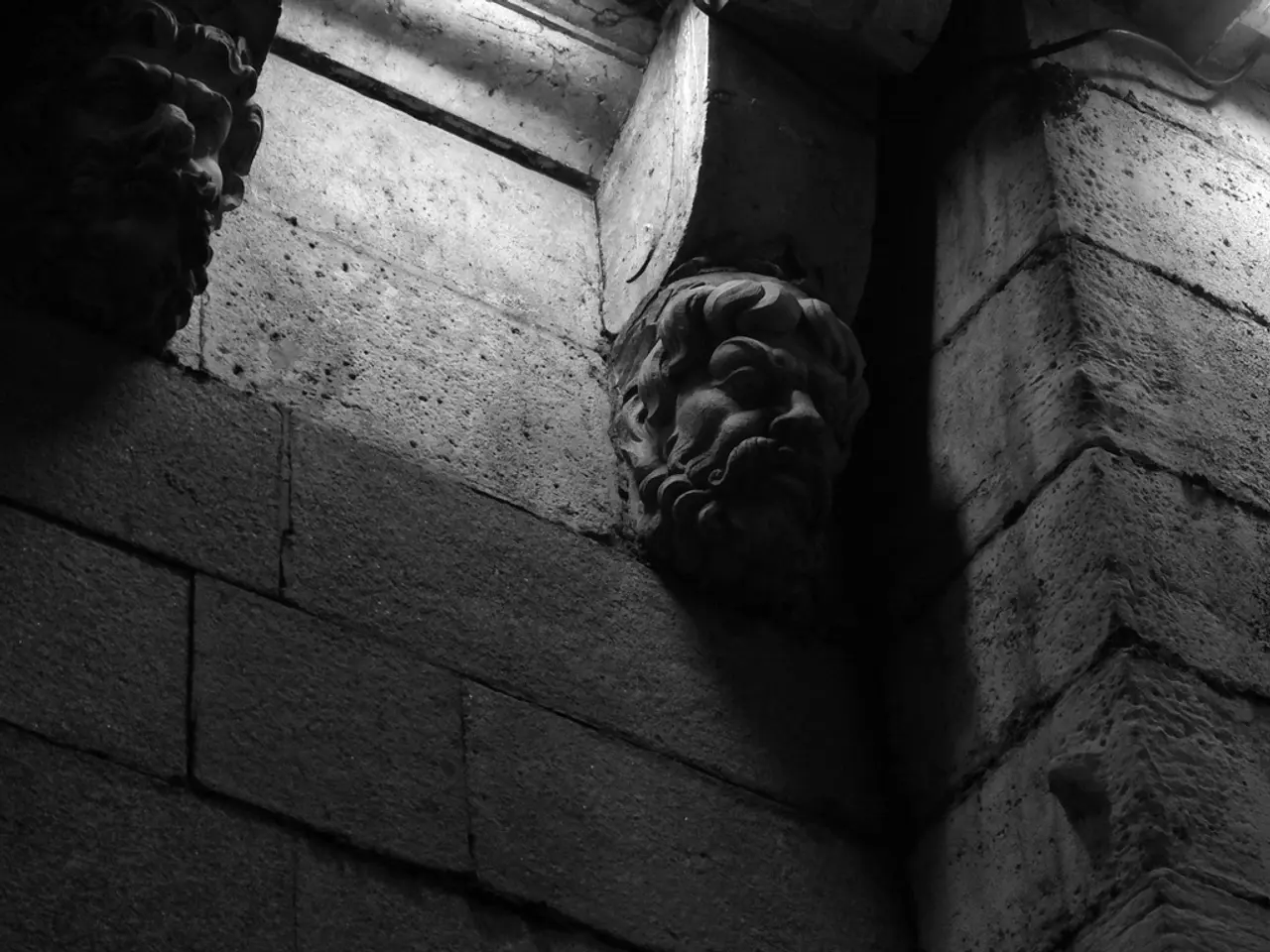Discovered Remnant from Roman Era Garbage Pile Unveils Unanticipated Role as Divine Talisman.
Rare Roman Trilobite Amulet Discovered in Spain
A significant find has been made in the realm of Roman archaeology – a trilobite fossil, believed to be over 450 million years old, has been transformed into a Roman-era amulet. This discovery, made near Ourense in Galicia, Spain, dates back to around 2,000 years ago and sheds light on the Romans' intriguing belief in the magical properties of fossils.
The trilobite amulet, crafted to serve as a pendant or part of a bracelet, was likely used as a protective talisman. Its reddish tone and iron oxide, suggesting an origin from southern Spain, indicate that this valuable artifact was transported along Roman trade routes.
This is only the 11th known discovery of a trilobite fossil in an archaeological context, making it a rare find. The trilobite amulet suggests that the Romans regarded certain fossils as objects imbued with magical powers or protective properties, reflecting a belief system that incorporated natural curiosities into their spiritual or cultural practices.
Artisans sought to reproduce the thoracic metameres of a trilobite in the new jewelry pieces, and the discovery even hints at Roman-era black glass jewelry pieces being shaped like trilobites. The trilobite amulet, found in a site dating to the 1st to 3rd centuries A.D., is the first confirmed trilobite from Roman times.
The Armea trilobite, as it has come to be known, was discovered in a "dumping ground" alongside discarded Roman pottery. The presence of a bronze coin bearing Augustus's face alongside the trilobite reinforces the connection between ancient fossils and the belief in their magical qualities.
Emperor Augustus, known for his deep interest in large fossils, is said to have founded the first known paleontological museum. The Romans believed that trilobites were sacred relics with special powers, and this discovery underscores their fascination with these ancient creatures.
This trilobite amulet is the third such find in the global archaeological record to have been collected and used by people over a thousand years ago, offering a fascinating glimpse into the Romans' understanding and appreciation of these ancient creatures. The rarity of this find indicates that using fossils in this way was not widespread but rather an exceptional symbolic usage, perhaps connected to high-status individuals or particular local traditions.
In summary, this discovery reveals that trilobite fossils were not commonly incorporated into Roman artifacts, but their use as protective or magical amulets suggests that some Romans recognized fossils as having special significance beyond mere curiosities. This intriguing find adds to our understanding of the Romans' belief system and their appreciation of the natural world.
The discovery of the trilobite amulet, crafted by ancient Romans, showcases their fascination with the natural world, blurring the lines between science and environmental-science as they recognized the fossils' potential magical properties. This rare artifact, fashioned through the innovative use of technology, offers a unique insight into the Romans' incorporation of such curiosities in their culture and spiritual practices.




